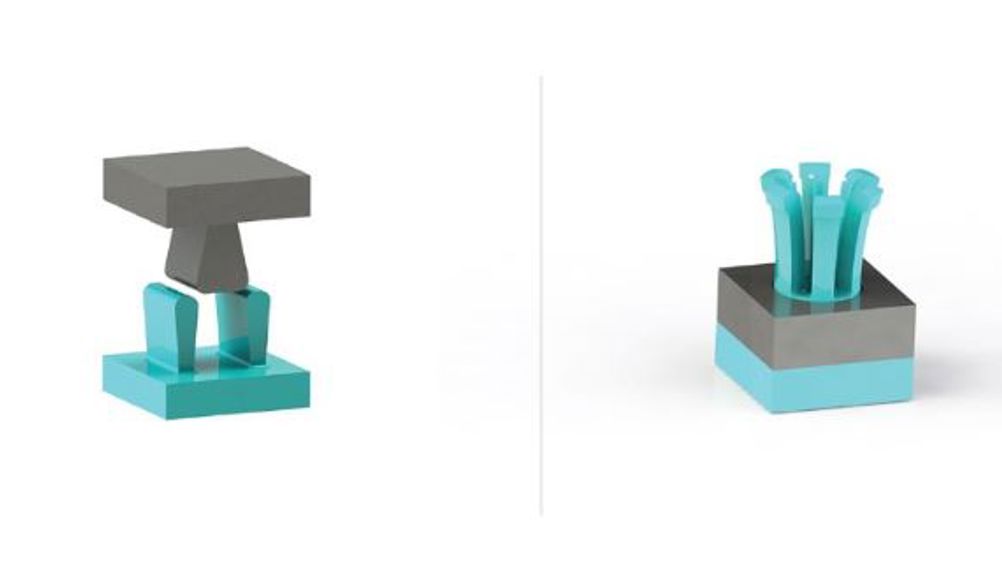Interlocking metasurfaces get a grip with shape memory alloys
Researchers at Texas A&M University and Sandia National Laboratories have improved interlocking metasurfaces (ILMs), which increase the strength and stability of a structure, with shape memory alloys (SMAs).

ILMs are said to offer the potential to transform mechanical joint design in manufacturing for aerospace, robotics and biomedical devices.
“ILMs are poised to redefine joining technologies across a range of applications, much like Velcro did decades ago,” said Dr Ibrahim Karaman, professor and head of the Department of Materials Science and Engineering Department at Texas A&M. “In collaboration with Sandia National Laboratories, the original developers of ILMs, we have engineered and fabricated ILMs from shape memory alloys. Our research demonstrates that these ILMs can be selectively disengaged and re-engaged on demand while maintaining consistent joint strength and structural integrity.”
The team’s findings are detailed in Materials & Design.
ILMs enable the joining of two bodies by transmitting force and constraining movement, but until now this joining method has been passive, requiring force for engagement.
Using 3D printing, the teams designed and fabricated active ILMs by integrating SMAs, specifically nickel-titanium, which can recover their original shape after deformation by changing temperatures.
Register now to continue reading
Thanks for visiting The Engineer. You’ve now reached your monthly limit of news stories. Register for free to unlock unlimited access to all of our news coverage, as well as premium content including opinion, in-depth features and special reports.
Benefits of registering
-
In-depth insights and coverage of key emerging trends
-
Unrestricted access to special reports throughout the year
-
Daily technology news delivered straight to your inbox










Water Sector Talent Exodus Could Cripple The Sector
Maybe if things are essential for the running of a country and we want to pay a fair price we should be running these utilities on a not for profit...